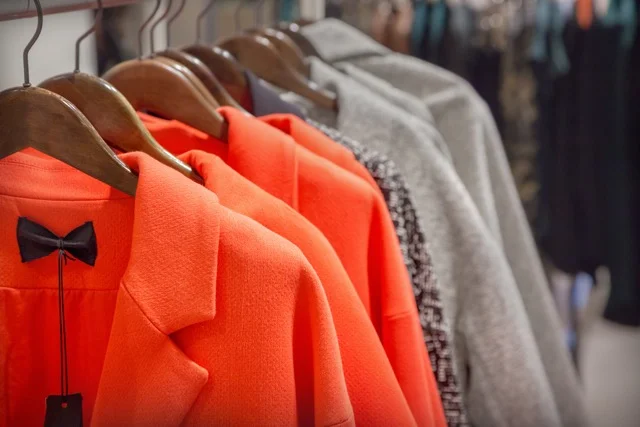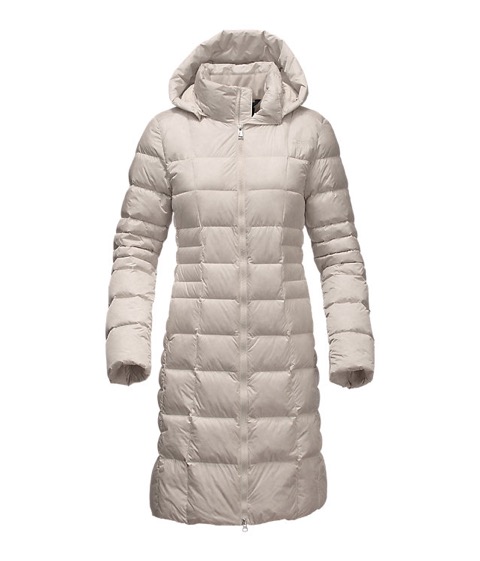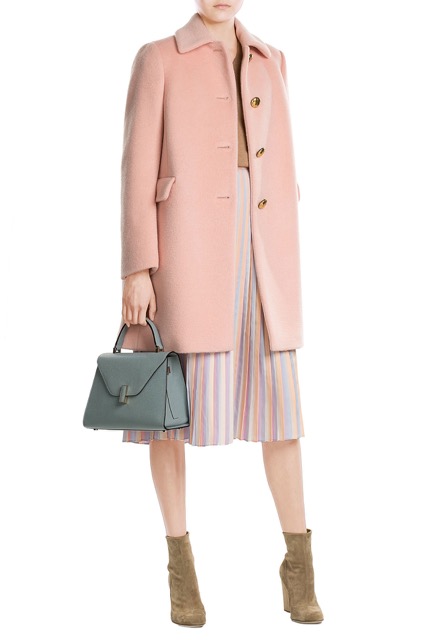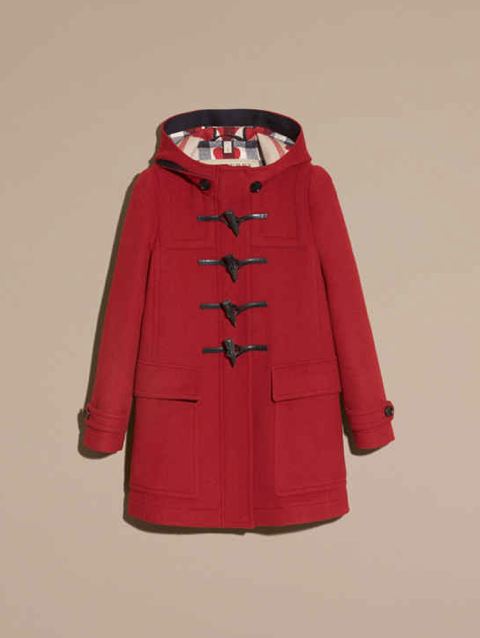It's that time of the year again when temperatures drop and it's time to pull out your winter woolies. But have you ever wondered why some coats (no matter how thick they are) just aren't as warm as others? One of my favourite coats in the wardrobe barely gets a outing each winter because no matter how cosy & warm it looks... it just doesn't cut the mustard once I step outside my front door #Impractical
So I've decided to get to the bottom of it all and invest some time into researching what wools and fibres make the warmest coats PLUS which are best for thermals and layering too. It took me quite a while of digging around on Google, but I think I've finally deciphered all the information and am delighted to share the knowledge with my readers!
To be honest the list could go on forever as there are so many "blends" of the below fibres, plus there's also a list of synthetic fibres and blends which some brands use to keep the price down. I've kept my breakdown to natural fibres only, as I prefer these to synthetics anyway - they're less toxic, more comfortable on the skin and better for the environment... oh and they last longer! So although they may be a slightly more expensive investment to begin with, I've found they're a better investment in the long run.
Here's a list – ranked in order of warmth – to help you decide which type of coat is best suited for your investment, plus some of my season picks to fit each category:
1. Down
The toastiest of them all, feathers trap air (and as a consequence, heat) like nothing else. This pick from The North Face uses down which has been tracked from farm to factory to ensure the feathers have been ethically sourced. Available in a rainbow of colourways too!
2. Vicuña
Vicuña fleece is one the rarest, most expensive natural fibres in the world. Around 8 x warmer than sheeps wool and softer than cashmere, it comes from the vicuna, a llama-like creature found in South America and known as ‘Queen of the Andes’.
Loro Piana’s ultra-luxe ‘Lanford’ coat is made of softly spun vicuña sourced from the fashion house’s own private reserve of the animals in the Peruvian Andes.
3. Alpaca
A silky yet strong fibre, ethically sourced alpaca is warmer than sheeps wool and perfect for coats. This gorgeous confection from RED Valentino is in a dreamy blush pink colour and will add some princess-y polish to any outfit.
4. Cashmere
Long associated with luxury, cashmere is also super-warm and breathable too. It's the most common fine wool and 7-8 times warmer than Marino. A cashmere coat from Joseph is a perfect investment buy – this toffee-hued ‘Nevada’ cut is sleek and will pull together the rest of your winter wardrobe with ease.
5. Llama
Although the fibers are more coarse and weaker than alpaca, they give a good warmth without the weight. Chloe’s cool-girl aesthetic is in full display in this stone-and-sand mélange overcoat. The d-rings add a bit of toughness to its casual, oversized silhouette.
6. Sheeps Wool (melton, shetland, loden, lambswool)
There are various types of sheeps wool and these make up the most common and widely available type of wool. It's is a classic choice for coats, as it's great at wicking away rain and moisture as it is at keeping your body temperature even. Burberry’s classic duffle has been updated for this winter in a pillarbox red and comes with a super-cute heart-and-check lining.
7. Merino
Merino is also a type of wool but comes from a specific type of sheep, which primarily hail from the mountainous regions of New Zealand and Australia. It has very similar properties to other wools only the yarn is finer and thus softer and more lightweight. Maiyet has been awarded Positive Luxury’s Butterfly Mark for its commitment to sustainability and has used merino for this navy double-breasted coat, ideal for teaming with some skinnies and boots on a cold morning.
8. Mohair
Mohair, made from the the hair of the Angora goat, is strong and lustrous. Tara Jarmon’s mohair-and-wool coverup is a gorgeous, foamy sea-green colour and will brighten up a grey day.
FINAL NOTE WHEN LAYERING FOR ULTIMATE WARMTH:
- Merino & cashmere are best for your thermal under layer - merino if you're active and need to wick away sweat from the body.
- Then any kind of wool makes for a great insulating layer - cashmere and alpaca are softest against your skin.
- Finally choose your coat according to ideal warmth & look (and price!) from the list above. Remember that often you can buy natural fibre blends or blends with synthetic substitutes to help keep the price down if you need to work within a specific budget.








